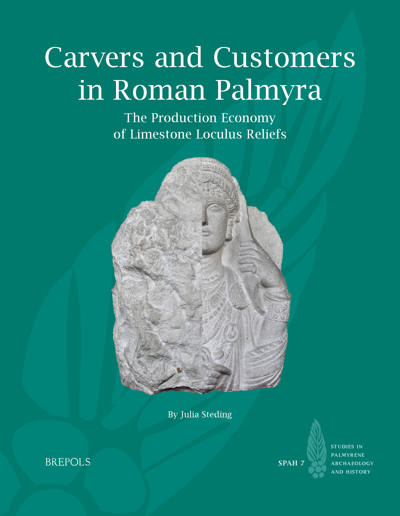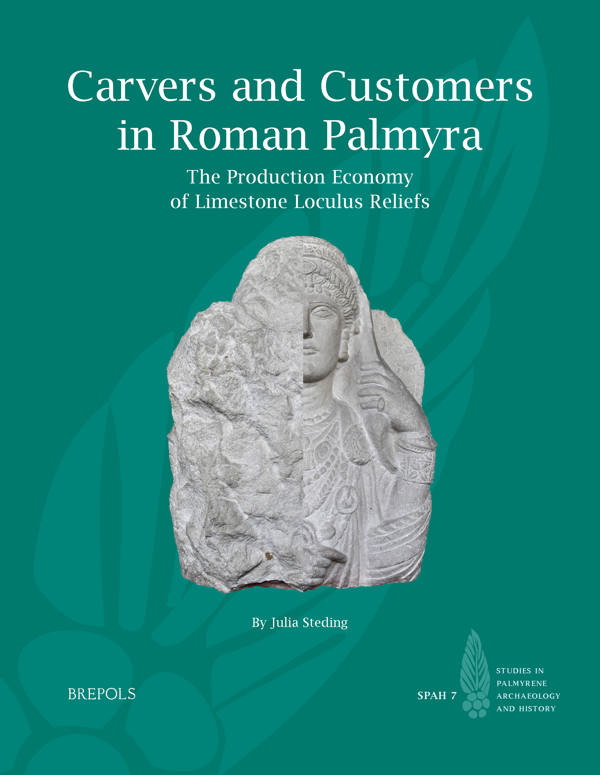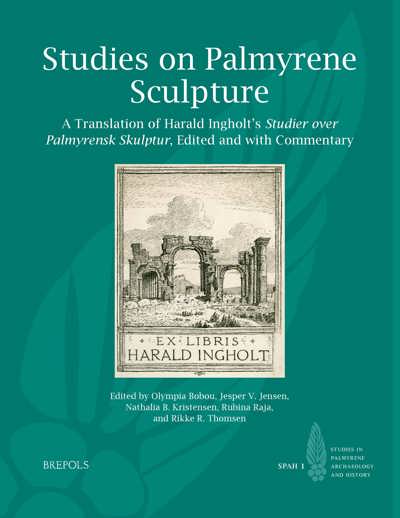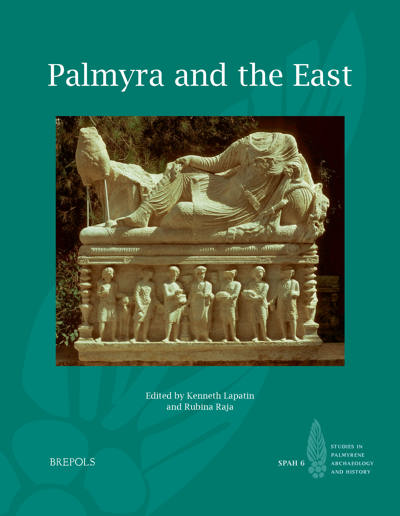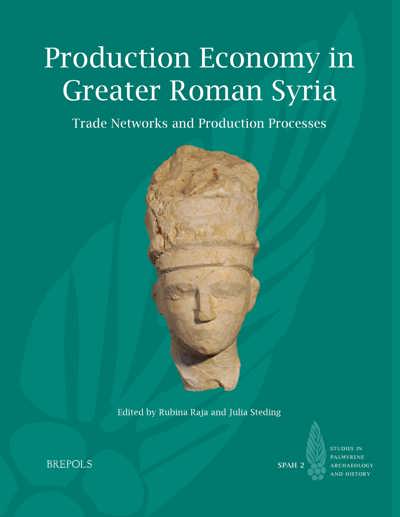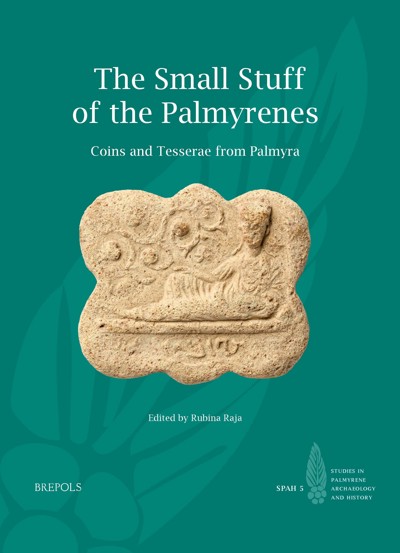
Carvers and Customers in Roman Palmyra
The Production Economy of Limestone Loculus Reliefs
Julia Steding
- Pages: xiv + 294 p.
- Size:216 x 280 mm
- Illustrations:49 b/w, 39 col., 23 tables b/w., 1 maps color
- Language(s):English
- Publication Year:2022
- € 105,00 EXCL. VAT RETAIL PRICE
- ISBN: 978-2-503-59785-0
- Paperback
- Available
This volume is a study on the production processes of the largest group of funerary representation, the loculus reliefs in Palmyra.
« Die Arbeit von Julia Steding führt dort zu neuen Erkenntnissen, wo sie die Technik der Reliefs untersucht, daraus Schlüsse zur sich verändernden Verwendung des Werkzeugrepertoires zieht, und die auf der Ikonographie beruhende Individualisierung der Reliefs herausarbeitet, die sicherlich ein wichtiges Ergebnis dieser Untersuchung ist, da sie ein neues Verständnis dieser zwar im römischen Sepulkralkontext stehenden, aber doch ganz eigenen, eben palmyrenischen Denkmälergruppe ermöglicht. (...) Der Autorin und dem ›Palmyra Portrait Project‹ ist für dieses Buch als neuer und fundierter Grundlage für die weitere Beschäftigung mit der wichtigen Gattung der palmyrenischen Loculusreliefs zu danken. » (Andreas Oettel, in Die Bonner Jahrbücher, 222, 2022, p. 516)
Julia Steding is a classical archaeologist at Aarhus University. She holds a Bachelor in Archaeology from the University of Groningen and a Master in Classical Archaeology and the Archaeology of the Roman Provinces from the University of Cologne. She obtained her doctoral degree in 2020 at Aarhus University. Her field of research is Roman funerary art from Italy and the Near East.
Palmyra, located in the Syrian desert, is famous for the portraiture of its citizens, produced when the ancient city was at the height of its powers in the Roman era. At this time, several hundred funerary monuments were built and the Palmyrenes decorated their tombs with numerous portraits. The most common of these are the loculus reliefs that depicted Palmyra’s men, women, and children, and were used to close off the niches in tombs behind which the dead were buried. Between AD 50 and AD 273, these stone slabs were produced in sufficient numbers to make Palmyra home to the largest corpus of funerary portraits outside Rome itself.
This volume offers a fresh and nuanced analysis of Palmyrene funerary reliefs and their production in order to shed light not just on the people they depicted, but on the individuals responsible for their creation. Across a range of different case studies, the author explores the making of single portraits from the local limestone, examining how Palmyrene carvers worked, the techniques they used, the tools they employed, the ways in which style and technique changed over time, and the mode of production that was in place. Furthermore, the workshops’ organization, the interaction between carvers and customers, and their influence on the portraits are explored. In doing so, the volume offers not just a detailed study of limestone carving and the techniques that underpinned Palmyra’s famous portraits, but also offers a significant contribution to wider research on funerary portraiture of the city and in Roman Syria.
Table of Contents
List of Figures
Acknowledgements
Chapter 1: Introduction
Chapter 2: The Palmyrene Graves and the Placement of the Reliefs
Chapter 3: The Toolset of the Palmyrene Carvers
Chapter 4: The Chronological Development of the Toolset
Chapter 5: Palmyra’s Economy: Producing Loculus Reliefs
Chapter 6: Palmyrene Customers: Ordering and Buying a Loculus Relief
Chapter 7: The Palmyrene Workshops and Craftspeople
Chapter 8: Regional and Transregional Comparisons
Chapter 9: Conclusion
Bibliography
Catalogue of Studied Loculus Reliefs
Appendix I. Size of Loculus Reliefs
Appendix II. Tool Traces
Appendix III. Additional Elements
Index
